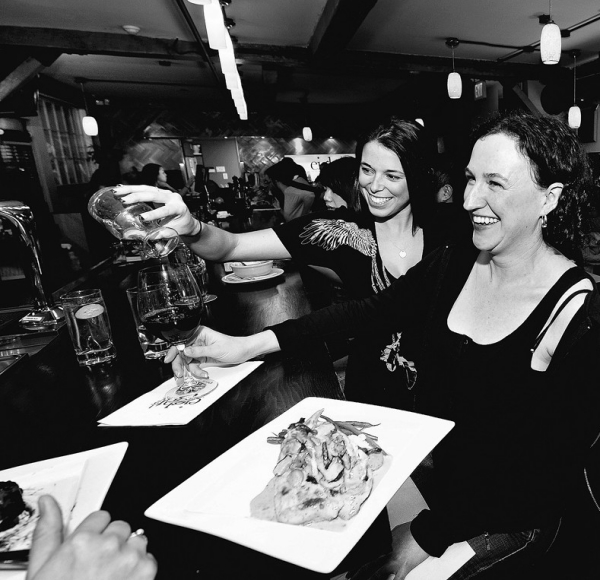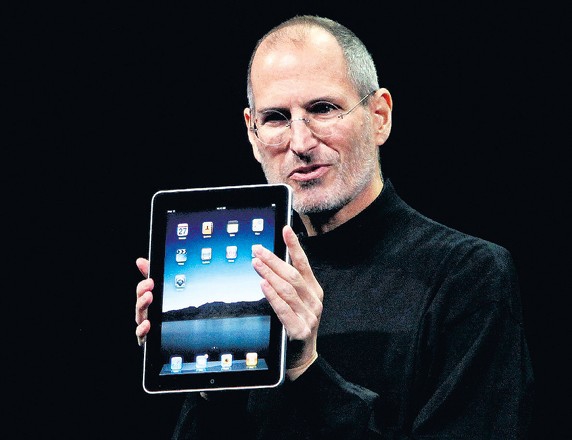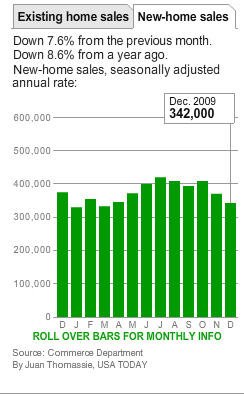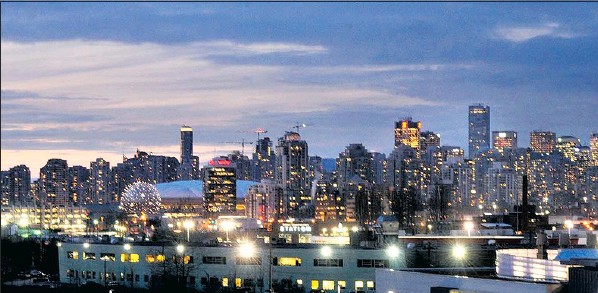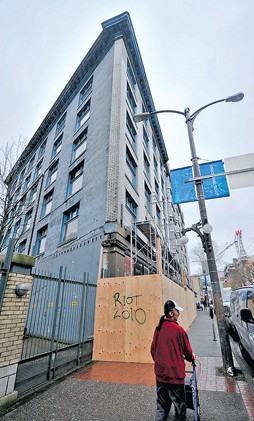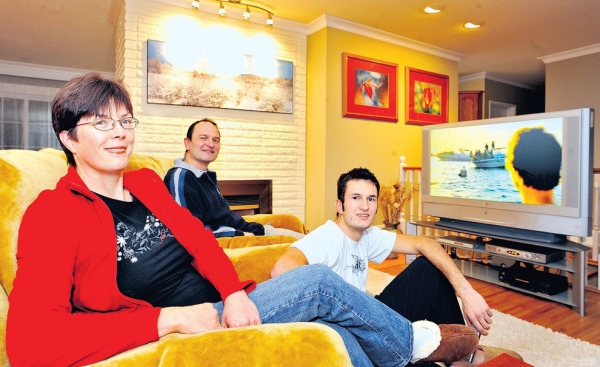The device disrupts the wireless carriers’ business model and even threatens the popular Kindle, observers say
Gillian Shaw
Sun
Apple’s new iPad is a game-changer for publishing, education and other sectors, including Canada’s wireless carriers will likely see consumers snap up the devices because they are not locked to any network service.
It could take some time for the full implications of the new device — which Apple CEO Steve Jobs described as “so much more intimate than a laptop” and “so much more capable than a smartphone” — to be felt, but industry watchers say it could change the way we work and play, just as the iPod brought MP3 music to the masses and the iPhone catapulted smartphones into the mainstream.
While Canada’s major carriers were mum Wednesday when asked if they have plans to introduce the iPad on their networks, Richard Smith, a professor at Simon Fraser University’s school of communication, said Apple’s move to end the subsidy model that locks customers into long-term contracts with telecom companies could change the way Canadians buy wireless devices.
“Apple is disrupting their business model, which is to lock people into three-year plans,” said Smith. “There is no subsidy. Apple is just selling it as it is.
“It could be a year from now people will say, ‘So you have a contract with your phone, what’s that all about?'”
Wayne MacPhail, a journalism professor at Ryerson University and president of the marketing and communications company w8nc, said he expects to see his classroom full of iPads within a year or two.
“I think I’m going to look out to a classroom of students who all have these things,” he said. “[Apple has] done an outstanding job on the price.”
MacPhail is also among those who see the iPad as a Kindle killer. “The Kindle looks like a one-trick pony on its way to the glue factory right now.”
In San Francisco on Wednesday, Jobs also took a shot at netbooks: “The problem is netbooks aren’t better at anything. The experience of running an iPad versus a cheap netbook running Windows XP — there won’t be any comparison.”
Apple’s addition of the optional keyboard to go with the iPad is the final blow for netbooks.
“If you can throw a keyboard on there, you basically have a baby iMac, so there goes the need for a laptop,” said MacPhail.
Self-described “Apple fanboy” Warren Frey wasn’t overly impressed by the much-hyped iPad release. Even though he bought an iPhone in the U.S. before it arrived in Canada, he’s in no similar rush to get an iPad.
“I’m a little disappointed,” he said, adding that while the new iPad seems to be all about bringing content in, it is less about creating it.
“As a content producer myself, I do a lot of high-end video for the Web,” said Frey, whose company Freyburg Media is a video production boutique in Vancouver’s Yaletown.
The iPad isn’t up to the high-end video editing that Frey needs. And since he already has an iPhone, he doesn’t want to pay for another in-between device.
“I can do a lot of this stuff on the iPhone,” he said of the iPad functions. “It’s not ideal, but it’s also not another $600 out of my pocket.”
Alfred Hermida, a professor who leads the integrated journalism program at the University of B.C.’s graduate school of journalism, said while there may have been too much hype around the release of the iPad, its impact will be long-term.
“We have a tendency to underestimate the long-term impact of these kinds of devices,” he said. “What Apple does really well is combine form and function.”
It’s not only the device, but what people will be able to do with it that will deliver the long-term impact from the iPad. “It is less about the hardware, and much more about the user experience,” said Hermida.
Just as the iPhone has much less impact than the iPhone combined with Apple’s app store, it will be Apple’s e-bookstore, iTunes, its app store and other potential functions that will make the iPad transformative for behaviour. “I think this is where the game changer is,” said Hermida.
Content producers will have to adapt if they are to maximize the potential of the iPad, whether they are in the business of publishing newspapers — one area that is looking to Apple’s new innovation as a saviour from diminishing revenue and readership — or in the business of books.
For textbooks, Hermida said that means transforming them into dynamic multimedia products that can be updated and enriched with content that goes beyond basic text.
“It is not about replicating the print experience, but about creating new experiences,” he said.
Pete Quily, an adult ADHD coach and a longtime Apple fan and who once sold Apple computers, said aside from the name — which he predicts will elicit jokes for some time before people stop laughing — the new iPad “is pretty amazing.”
“Apple has really thought this out. They have worked with content providers, and anyone who is producing long-form content really wants to get a handle on this.”
© Copyright (c) The Vancouver Sun

